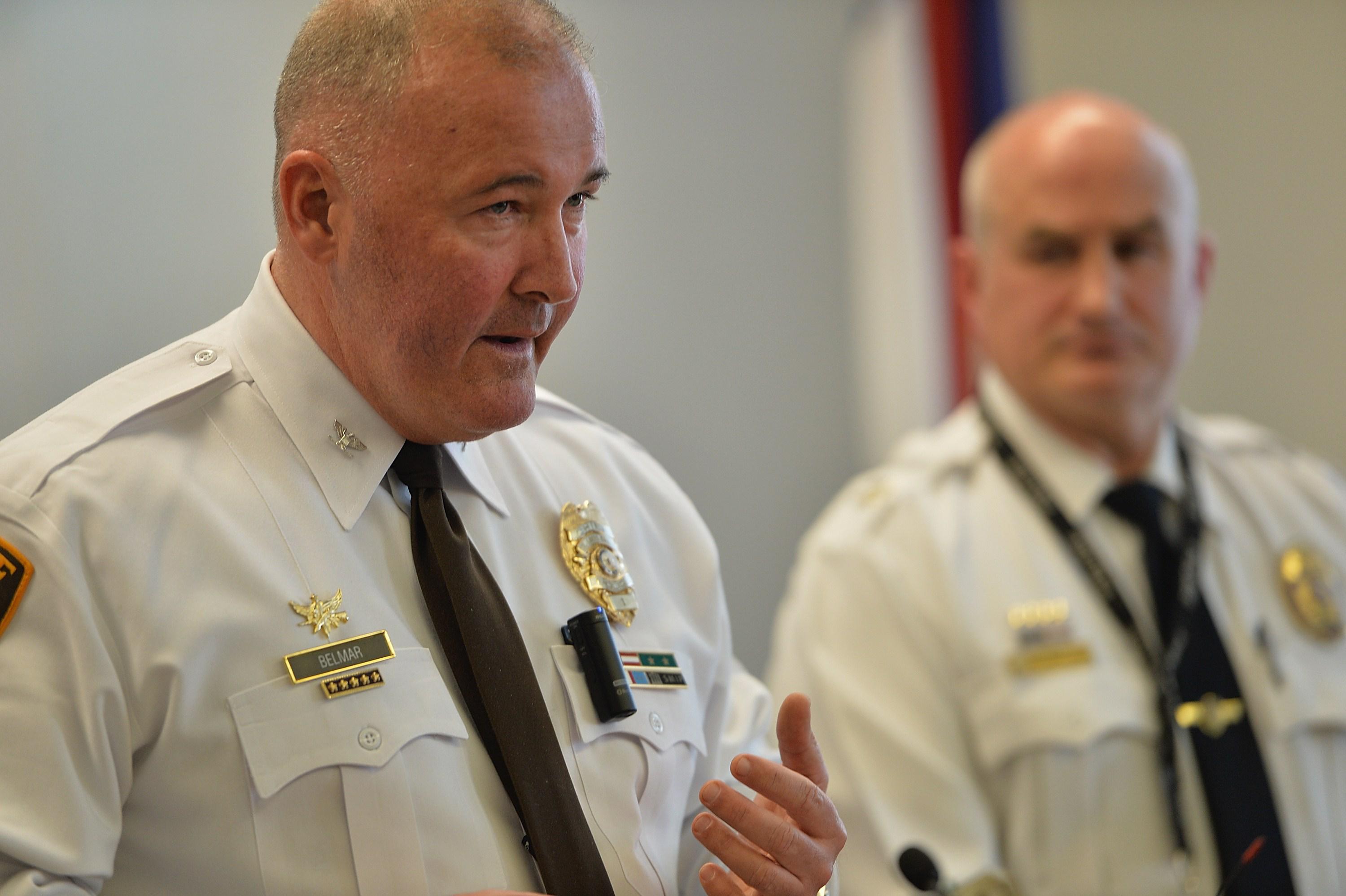During the chaos that followed Michael Brown’s August 2014 death in Ferguson, Missouri, St. Louis County police officers engaged in a number of controversial tactics—confronting groups of nonviolent protesters with military equipment, failing to wear identifying name tags in violation of commonly accepted police standards, harrassing journalists, and more. (St. Louis County’s law enforcement groups include municipal forces like the Ferguson Police Department as well as the wider county force.) State Gov. Jay Nixon’s Aug. 14 decision to bring in Missouri Highway Patrol officers to help manage protests was credited by some with de-escalating tensions that had been created in part by the aggression of the St. Louis County police, who were led by Chief Jon Belmar.
In the months since, something of a consensus has emerged in Missouri that many black Ferguson-area residents have legitimate grievances against St. Louis County’s judicial and law enforcement systems, in which authorities raise money for their small municipalities (and for their own compensation) by issuing huge numbers of fines for minor or officer-fabricated infractions. On May 8 the Missouri Legislature passed a bipartisan fine reform bill that Nixon is expected to sign. The consensus about the necessity of reform, it now appears, is so wide that it includes none other than St. Louis County Police Chief Jon Belmar! From the Huffington Post:
St. Louis County Police Chief Jon Belmar called the reform effort a “positive that came out of a tragedy.” While noting that roughly half of the dozens upon dozens of police departments in St. Louis County were “legitimate” in his view, Belmar said that there were many that didn’t exist for the right reasons. The county has so many police departments that it’s impossible for him to even know the name of every police chief, Belmar said …
Belmar acknowledged that the protests in Ferguson have given a voice to populations that had been overlooked in the past.
“If you went to a very affluent area in St. Louis County, how long do you think a program would last where speed cameras were put up on arterial roads coming into subdivisions, and people were given letters saying they were going to be arrested? It would last about five hours,” Belmar said. “You know that and I know that, and that’s part of the problem. Yet in areas that are not as affluent, and where folks really are struggling with issues of poverty and education and crime and everything else that goes along with it – unemployment – they don’t have the ability really to voice that opinion. They can’t leverage change. So that’s a good thing that’s come out of all this.”
Huffington Post reporter Ryan Reilly, who wrote the story quoted above, was actually one of the journalists infamously arrested in Ferguson in August (by a group of officers that reportedly included St. Louis County personnel) for the dubious offense of working at a McDonald’s near the area of protests. The world turns.
